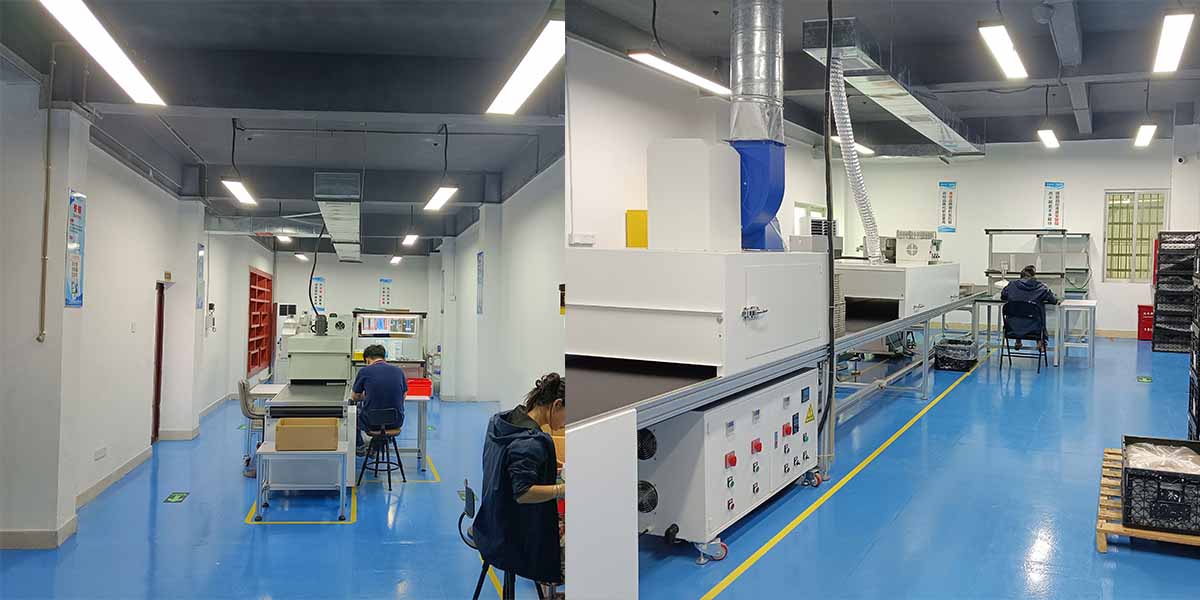TEFISEN Pad Printing Processing Factory: Crafting Every Detail with Precision!
[Abstract] Pad printing is a highly efficient printing technique. As a professional pad printing machine manufacturer and processing factory, TEFISEN offers pad printing services for various materials, extensively applied in electronics, medical, automotive, and other industries. Its pad printing process includes plate-making, ink scraping, ink pickup, transfer printing, and curing. By employing precision techniques and advanced equipment, TEFISEN ensures superior printing results. TEFISEN is your preferred partner for pad printing services.

I. Introduction to Pad Printing Processing
Pad printing is a highly efficient printing technology that originated in Europe in the 1950s and is now widely used for printing on complex surfaces. The core of the technology lies in transferring ink from an engraved plate to the substrate using a silicone pad, making it suitable for diverse materials and shapes. In modern industries, pad printing is ideal for both decorative and functional marking needs, accommodating small batch and highly customized production. As a professional pad printing equipment manufacturer and processing factory, TEFISEN provides services for various materials, with extensive experience in fields such as electronics, medical devices, automotive parts, drones, and instrumentation.
II. Pad Printing Process
1. Plate-making
Plate-making is the first step in pad printing and directly impacts printing quality. TEFISEN employs precision laser engraving and chemical etching technologies to achieve custom pattern depth and details.
• Plate material selection: Offers thick steel and thin steel plates, ideal for high-volume production.
• Pattern etching: Delivers high precision of 0.01 mm using laser engraving, complemented by chemical etching for consistency.
2. Ink Scraping
Ink scraping evenly fills the engraving on the plate, affecting print clarity and saturation. TEFISEN uses precision-engineered doctor blades to ensure uniform ink application.
• Doctor blade usage and adjustment: Features durable blades with adjustable angles and pressure to suit diverse patterns.
• Ink filling and cleaning: Automated scraping systems ensure consistent ink application, maintaining batch-to-batch color uniformity.
3. Ink Pickup
TEFISEN employs specially designed silicone pads to ensure precise pattern transfer.
• Silicone pad features: Pads with hardness ranging from 15 to 30 degrees cater to different product shapes, enhancing printing accuracy.
• Ink pickup principle: Automatic adjustment of ink pickup volume ensures controlled transfer quality.
4. Transfer Printing
Transfer printing is the critical step of transferring ink from the pad to the substrate. TEFISEN's pads achieve high-precision pressing at a minimum height of 0.1 mm.
• Pressing technique: Pad pressure is controlled between 5-10 N to ensure even coverage without distortion, improving printing stability.
5. Curing
Curing extends the lifespan of printed patterns. TEFISEN offers both UV and thermal curing options to meet varied customer needs.
• Curing methods: Utilizes LED-UV lamps for rapid curing and low-temperature thermal curing for enhanced durability.
• Adhesion enhancement: Chemical surface treatments ensure better abrasion resistance and adhesion.
III. Key Technical Points in Pad Printing
1. Silicone Pad Selection and Adjustment
Silicone pad hardness and shape directly influence printing outcomes. TEFISEN offers pads with hardness from 15 to 40 degrees for different substrate requirements.
• Hardness selection: Higher hardness pads achieve better precision on flat surfaces, while softer pads are suited for curved and irregular shapes.
• Pad material: Made from imported silicone for superior durability and elasticity, reducing printing errors.
2. Ink Selection and Management
TEFISEN provides various inks to ensure stable and adaptable printing results.
• Ink types: Includes solvent-based inks, UV inks, and water-based inks. Solvent-based inks suit plastic products, while UV inks cater to high-gloss surfaces.
• Ink management: Inks are stored and mixed under controlled temperatures to maintain fluidity and color consistency.
3. Process Parameter Control
Strict control over parameters such as doctor blade pressure, pad pressure, and environmental conditions ensures precise and consistent printing.
• Pressure settings: Adjusted for each batch to maintain consistent quality under varying process conditions.
• Temperature and humidity control: Maintained at 25°C and 50%-60% humidity to stabilize ink properties.
IV. TEFISEN's Equipment and Processing Advantages
• Automation and efficiency: Fully automatic multicolor pad printing machines complete multicolor printing in a single cycle, shortening production time.
• Comprehensive equipment range: From manual to fully automated and multicolor pad printers, catering to diverse production scales.
• Precision control: Equipped with PLC control systems, ensuring real-time parameter adjustment with an error margin of less than 0.02 mm.
V. Material Selection for Pad Printing
TEFISEN ensures top-quality printing through strict material selection.
• Plate material: Imported steel and high-corrosion-resistant ceramics improve plate lifespan by 30%, ideal for long-term production.
• Silicone pads: Made from imported silicone for enhanced durability and elasticity, minimizing pad replacement frequency.
• Inks: Tested and certified to meet industry standards for adhesion and color consistency.
VI. Application Fields
TEFISEN's pad printing services find applications in various industries.
• Electronics: Patterns on phones, headphones, and remote control buttons, with an annual output exceeding 500,000 units.
• Cosmetic packaging: Decorations on caps and bottles for renowned brands, delivering exquisite patterns.
• Toys and gifts: Provides fine patterns, texts, and logos for top toy brands, ensuring vibrant colors.
VII. Quality Control
• Color consistency: Ink ratios are strictly managed, and spectrophotometers are used to calibrate color deviations, ensuring uniformity.
• Adhesion and abrasion testing: Products undergo thorough tests, achieving a 98% adhesion rate.
• Defect resolution: Comprehensive solutions for issues like ink smudging and color discrepancies ensure stable product quality.
VIII. Future Trends in Pad Printing
Pad printing is moving toward automation, environmental sustainability, and higher precision.
• Automation: TEFISEN has integrated automated control systems, boosting production speed by over 30%.
• Environmental sustainability: Gradual adoption of water-based inks reduces VOC emissions.
• High precision: Advanced PLC control and real-time monitoring systems enhance printing precision and stability to meet growing market demands.
TEFISEN is not only a manufacturer of pad printing equipment but also a one-stop service provider for pad printing processing factory. With extensive industry experience, cutting-edge equipment, stringent quality control, and comprehensive after-sales support, TEFISEN is the leading choice for pad printing services. For inquiries, call +86-752-3296 999.

